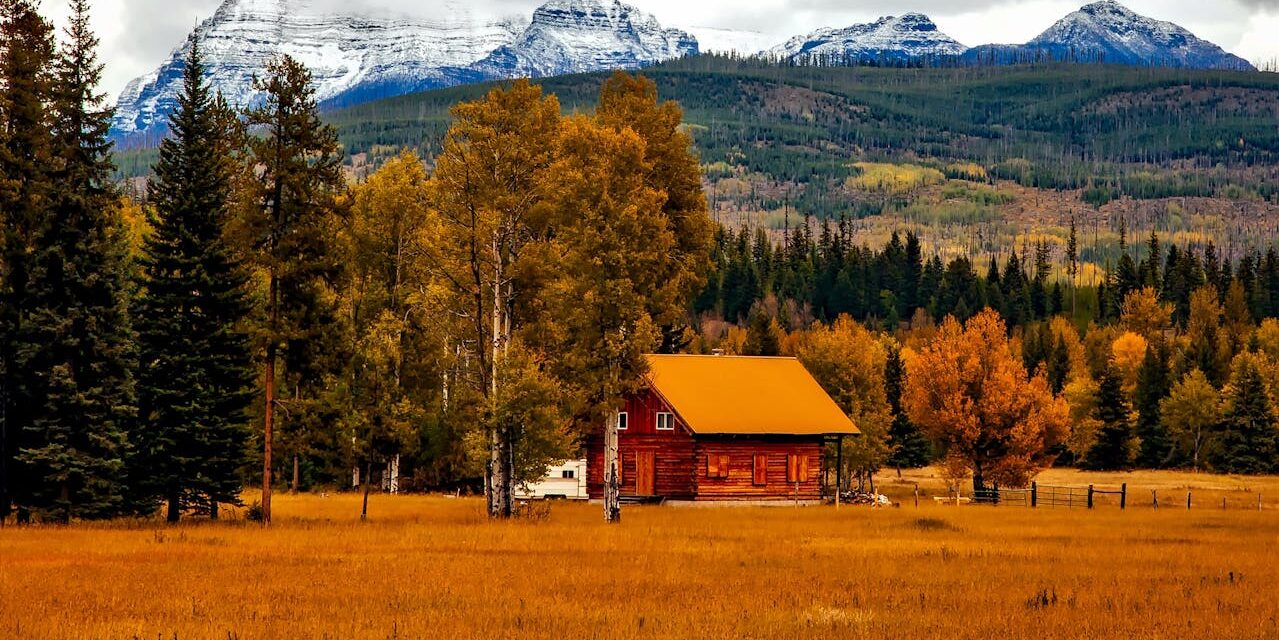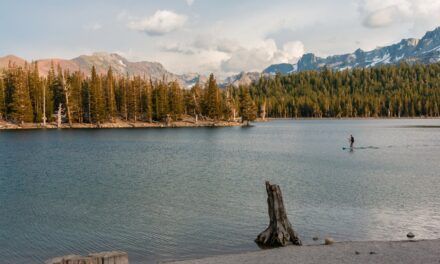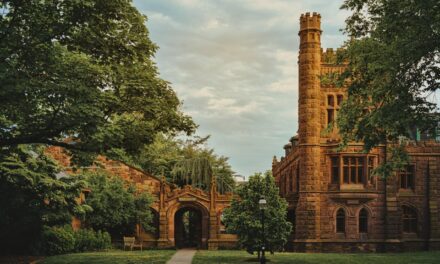The state of Colorado, with its stunning landscapes and rich cultural heritage, has a diverse and fascinating history.
Colorado’s history is marked by significant events and dynamic growth, from its early indigenous rootsColorado’ssh exploration to its role in the mining boom and statehood.
Below, we explore the captivating history of Colorado, covering its foundation, key historical events, and notable landmarks.
Table of Contents
Early History
Indigenous Inhabitants and European Exploration
Before European settlers arrived, Colorado was inhabited by various Native American tribes, including the Ute, Cheyenne, Arapaho, and Apache.
- These tribes had established societies with rich cultures, agriculture, and trade networks.
- European exploration started and began in the 16th century with Spanish explorers such as Francisco Vásquez de Coronado.
The indigenous peoples and early European explorers laid the groundwork for future settlements.
Spanish and Mexican Periods
Colorado was part of the Spanish Empire and later became part of Mexico following its independence in 1821.
- The Spanish established trade routes and missions, influencing the region’s development.
- After the Mexican-American War (1846-1848), the Treaty of Guadalupe Hidalgo ceded Colorado to the United States.
The region’s early economy was based on trade, ranching, and agriculture.
Key Historical Events
Gold Rush and Mining Boom
The discovery of gold ithat happened n 1858 near present-day Denver led to the Pike’s Peak Gold Rush.
- Thousands of prospectors flocked to the area, leading to the rapid development of mining towns.
- The discovery of other minerals, including silver and lead, further fueled economic growth.
The mining boom played a crucial role in Colorado’s early development and population growth.
Territorial Period and Statehood
The Colorado Territory was established in 1861, separating from the Kansas, Nebraska, Utah, and New Mexico territories.
- The territory saw significant growth and development, with Denver emerging as a key city.
- Colorado was admitted and allowed into the Union as the 38th state in the country on August 1, 1876, known as the “Centennial State”, which was because it gained and was given statehood 100 years after the signing and creation of the Declaration of Independence.
Statehood marked a new era of political and economic development for Colorado.
20th Century and Modern Era
Economic and Social Developments
The early 20th century brought significant economic and social changes to Colorado.
- The state’s economy diversified beyond mining to include agriculture, manufacturing, and tourism.
- The Great Depression had a severe impact, but New Deal programs helped to mitigate some of the economic hardships.
Post-World War II, Colorado saw rapid urbanization and modernization, particularly in cities like Denver and Colorado Springs.
Civil Rights and Social Movements
Colorado played a role in various social movements, including the Civil Rights Movement and an identity tied to environmental conservation efforts.
- The state’s diverse population contributed to rich cultural and progressive social policies.
- Colorado became a leader in environmental conservation, establishing national parks and promoting sustainable practices.
These movements helped shape Colorado’s modern identity and commitment to social justice and environmental stewardship.
Notable Landmarks
Rocky Mountain National Park
Rocky Mountain National Park, established and created in 1915, is one of Colorado’s most famous natural landmarks.
- The park features majestic mountains, diverse wildlife, and over 300 miles of hiking trails.
- It attracts many people, notably, millions of visitors each year for outdoor recreation and nature appreciation.
Rocky Mountain National Park symbolizes Colorado’s natural beauty and commitment to conservation.
Mesa Verde National Park
Mesa Verde National Park is situated in southwestern Colorado, Mesa Verde National Park preserves the ancient cliff dwellings of the Ancestral Puebloans.
- The park, established in 1906, is a UNESCO World Heritage Site.
- Visitors can explore the well-preserved archaeological sites and learn about the region’s rich cultural history.
Mesa Verde National Park highlights Colorado’s deep indigenous heritage and archaeological significance.
Red Rocks Amphitheatre
Red Rocks Amphitheatre, near Denver, is a world-renowned outdoor concert venue known for its stunning natural acoustics.
- The amphitheater is set among dramatic red sandstone formations and has hosted legendary performances by famous musicians.
- It also offers hiking trails and a museum dedicated to the venue’s history.
Red Rocks Amphitheatre represents Colorado’s vibrant cultural scene and unique geological features.
Governance
State Government
Colorado operates under a constitution adopted in 1876.
- The state government consists of the Executive, Legislative, and Judicial branches.
- The governor, currently Jared Polis, heads the executive branch.
The state government works to address the needs of its diverse population and manage its resources effectively.
Local Government
Colorado’s local government structure includes counties, cities, and special districts.
- Each level of government has specific responsibilities for services such as education, public safety, and infrastructure.
- Local governance ensures that the diverse needs of Colorado’s communities are met.
Effective local governance contributes to the overall well-being of the state’s residents.
Demographics and Growth
Population
As of 2023, Colorado’s population was approximately 5.8 million. The state’s demographic makeup reflects its history of immigration and cultural diversity.
Diverse demographics and steady growth reflect Colorado’s appeal as a place to live and work.
Education and Economy
Colorado has several prominent educational institutions, including the University of Colorado and Colorado State University.
- The state’s economy is diverse, with key sectors including technology, aerospace, agriculture, and tourism.
- Colorado is known for its innovative industries and strong entrepreneurial spirit.
These factors contribute to the state’s economic resilience and cultural vibrancy.
State of Colorado Q&A
Q: When was Colorado admitted to the Union?
A: Colorado was admitted to the Unionas the 38th state on August 1, 1876. It is known to history as the “Centennial State” because it gained statehood 100 years after the signing of the Declaration of Independence.
Q: Who were the original inhabitants of Colorado?
A: The original inhabitants of Colorado were various Native American tribes, including the Ute, Cheyenne, Arapaho, and Apache. These tribes had established societies with rich cultures, agriculture, and trade networks.
Q: What role did Colorado play during the gold rush era?
A: The discovery of gold in 1858 near present-day Denver led to the Pike’s Peak Gold Rush, attracting thousands of prospectors and leading to the rapid development of mining towns. The mining boom was crucial in Colorado’s early development and population growth.
Q: What are some notable historical landmarks in Colorado?
A: Notable landmarks include Rocky Mountain National Park, Mesa Verde National Park, and Red Rocks Amphitheatre. These sites highlight Colorado’s natural beauty, indigenous heritage, and vibrant cultural scene.
Q: How is Colorado governed?
A: Colorado operates under a constitution adopted in 1876, with an Executive, Legislative, and Judicial branch. The governor heads the executive branch, and counties, cities, and special districts manage local governance.
Q: What is the current population of Colorado?
A: As of 2023, Colorado’s population was approximately 5.8 million. The state continues to attract residents with its diverse culture, educational opportunities, and economic resilience.
Colorado’s dynamic history and commitment to preserving its natural and cultural heritage make it a unique and vibrant state.
By maintaining its historical landmarks and fostering growth in new industries, Colorado continues to honor its past while looking forward to a prosperous future.





